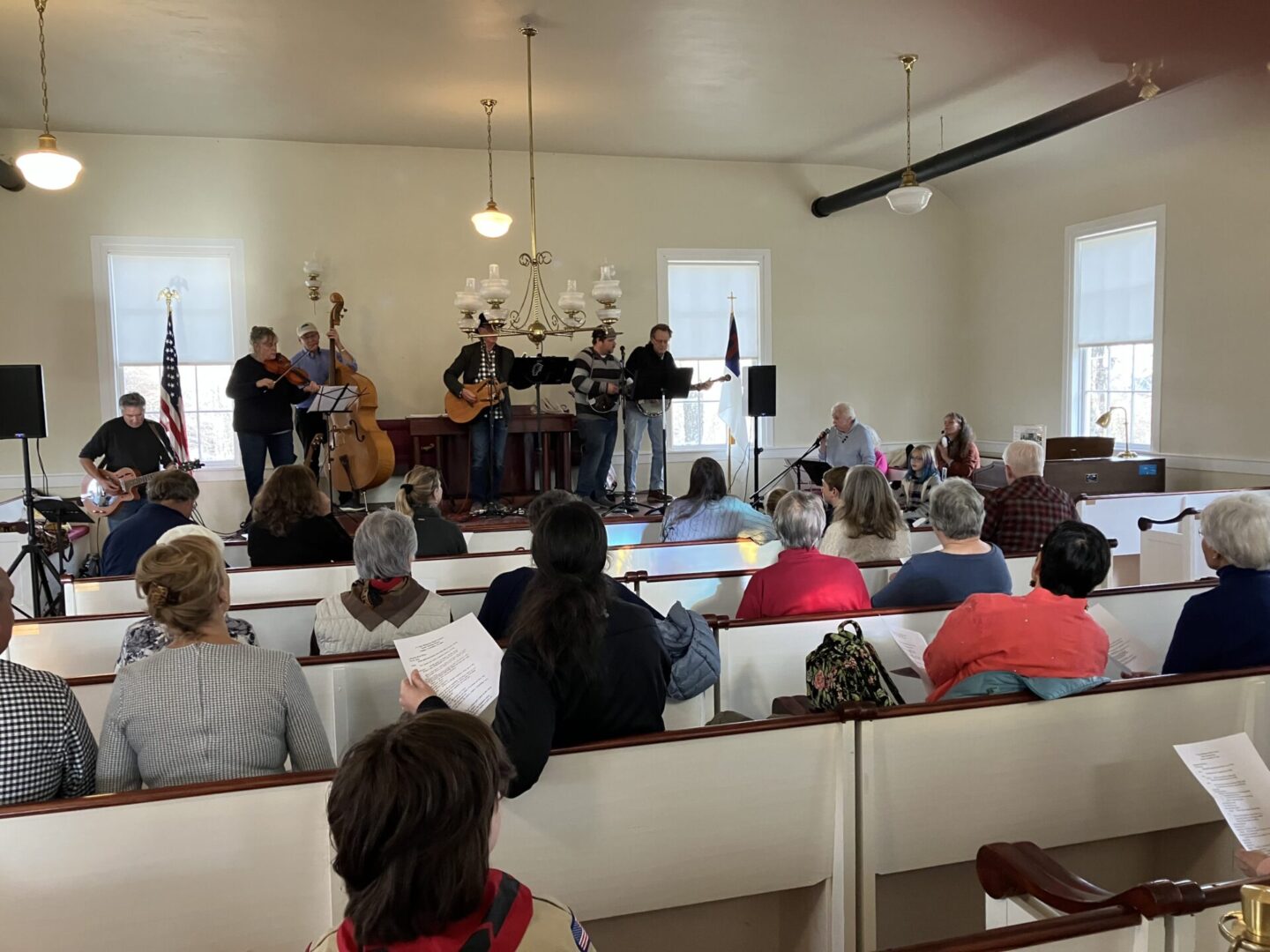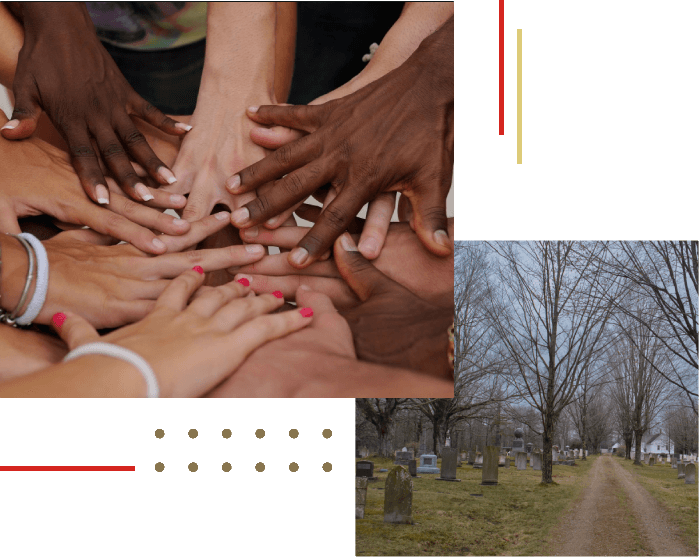
A Legacy of Community and Education
In 1727, King George III granted the area that would become Gilmanton, NH, to 215 proprietors, including 24 with the surname Gilman. The original charter stipulated the construction of a meeting house for worship, community development programs, and the establishment of a school with eight grades.
Construction Challenges
Construction on the first meeting house commenced in the Fall of 1774 but faced financial difficulties. By the summer of 1775, the frame and roof were completed, allowing for the first worship services. In 1779, pews were auctioned as fundraising events to raise funds, and the meeting house was finally completed in September 1790.
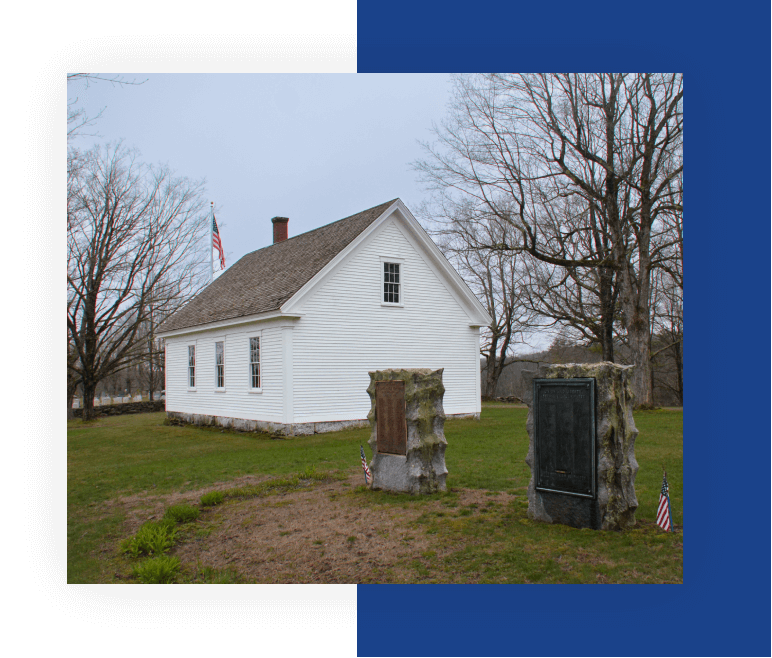
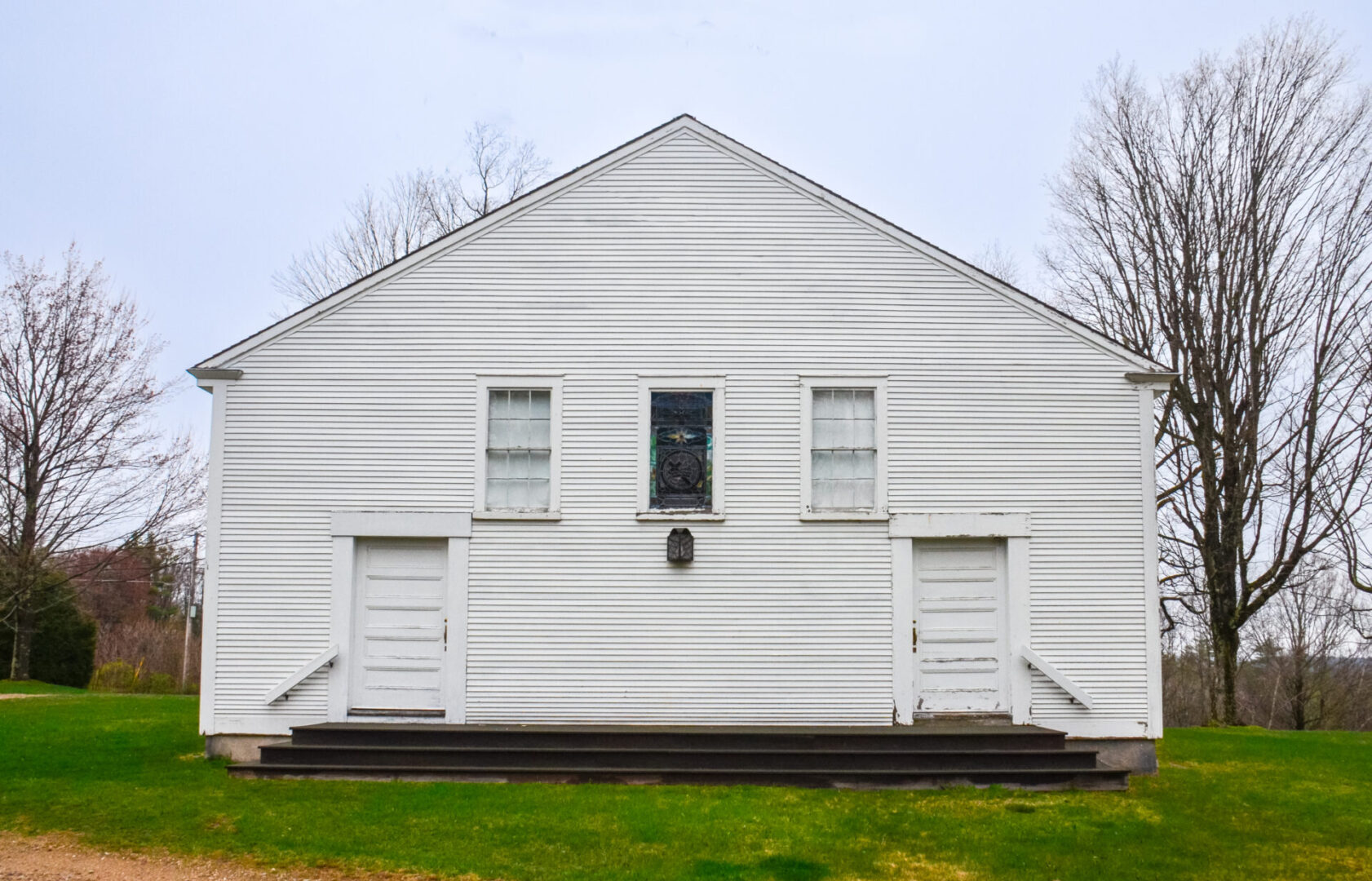
Original Design
The first meeting house, depicted in a drawing by Harold V. Jordan, measured 40' x 60' and stood two stories high. It featured "porches" on each end to enclose the stairwells, reflecting the architectural style of the time.
Early History
The congregation accessed the meeting house through the central entrance. Above these doors, a horseshoe balcony adorned the second floor, overlooking the center and facing the pulpit situated halfway up the interior. Reverend Isaac Smith commenced regular preaching in May 1774 and served for nearly 43 years, leading to the naming of the Smith Meeting House in his honor. In 1817, the NH General Court passed a resolution to incorporate certain individuals under the title of the First Congregational Society in Gilmanton. This incorporation bestowed upon the society the responsibility of levying funds from its members to support and maintain a gospel minister and for the construction and upkeep of public worship houses.
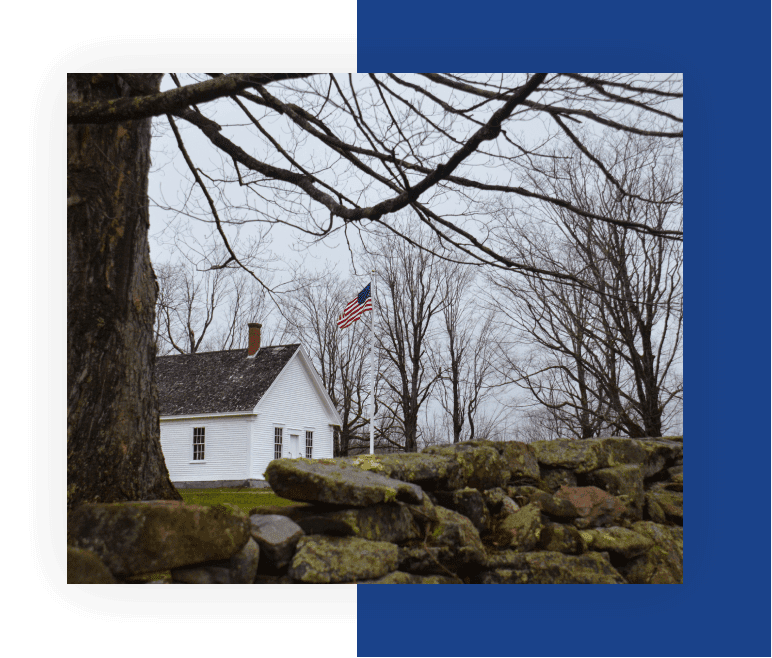
Restoration Efforts and Changes Over Time
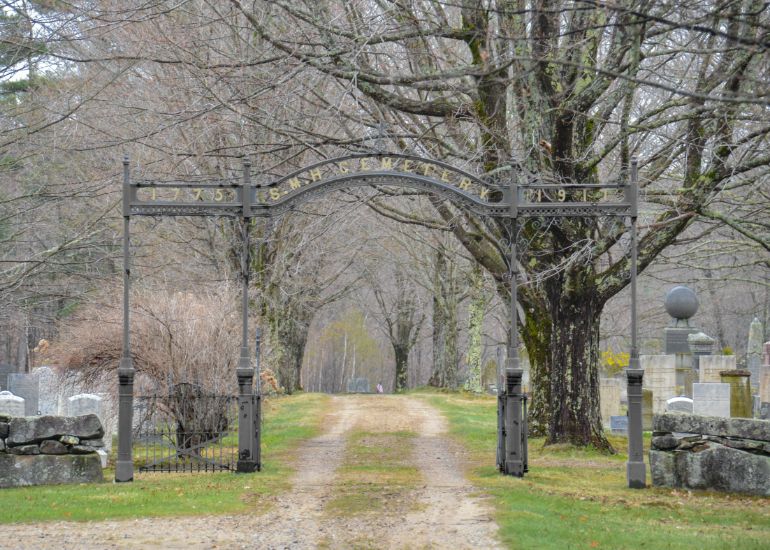
Renewal and Transformation
By 1838, the original building of the First Congregational Society in Gilmanton faced disrepair and was dismantled. In its place, a smaller second church was constructed in 1839, utilizing much of the original lumber. The interior of this new Church was painted white, with details such as the parson's bench and pew trim imitating mahogany.
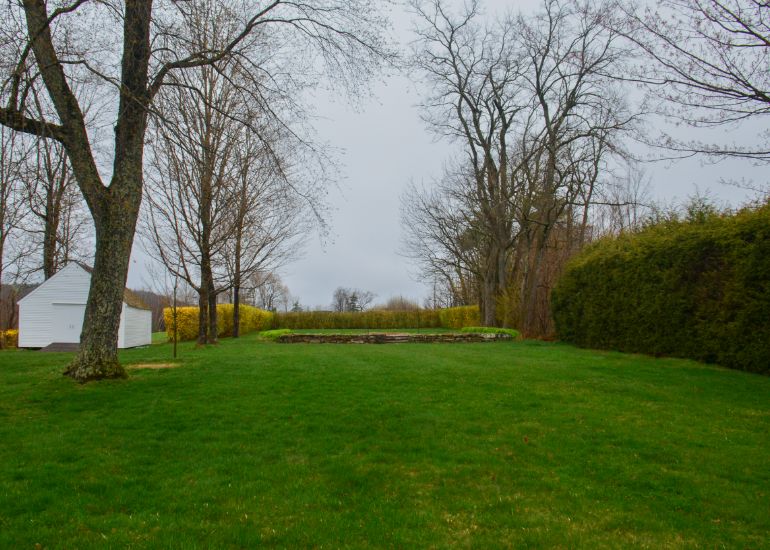
Preservation Efforts and Renewal
In 1898, the second building required repairs, prompting the community to organize the "First Annual Entertainment and Fair" to raise funds for its preservation. Over time, the Church underwent three major changes, including the installation of a new southern pine floor, larger window panes replacing the original 12 over 12 windows, and the introduction of electricity after the turn of the century.
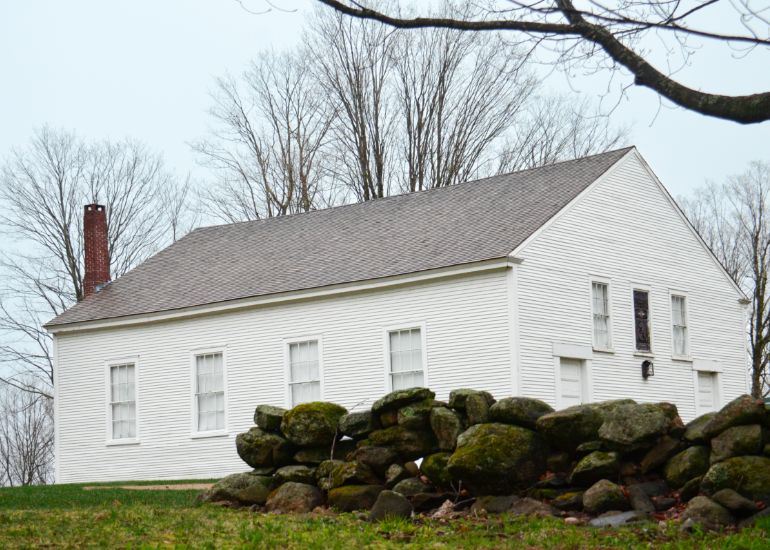
Restoration and Modernization
In 1974, a comprehensive restoration project was initiated, modernizing the building with electricity and plumbing. A meeting room was added below the sanctuary, and an 84-foot-long passageway was constructed from the parking lot to the meeting room. Additionally, the carriage shed, funeral shed, and cookhouse underwent restoration efforts to preserve their historical significance.
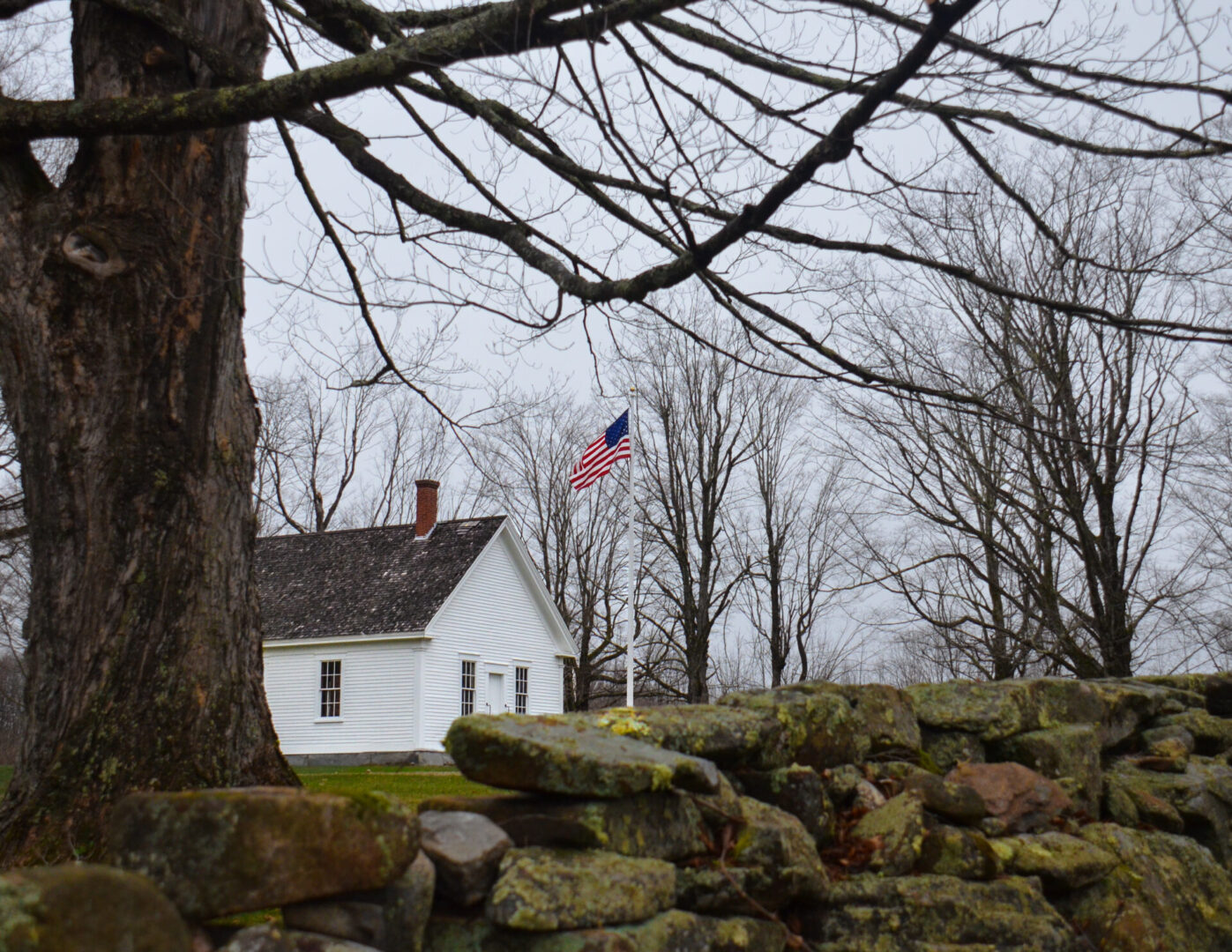
Restoration of the School House
Our next major endeavor focuses on restoring the schoolhouse, utilized until the early 1940s, as part of our ongoing commitment to preserving local history. The Smith Meeting House and all associated structures are proudly listed on the National Register of Historic Places. Adjacent to the meeting house lies the town's inaugural cemetery, established in 1775. Throughout the year, members and supporters contribute to fundraising initiatives aimed at maintaining the integrity of the buildings and grounds. An annual tradition, Old Home Day, continues to be celebrated every third Saturday in August, fostering community spirit and heritage preservation.
Reach Out Now
Ready to connect with us? Whether you have inquiries about our historic site, want to get involved in our preservation efforts, or simply wish to learn more about our organization, we're here to help.
